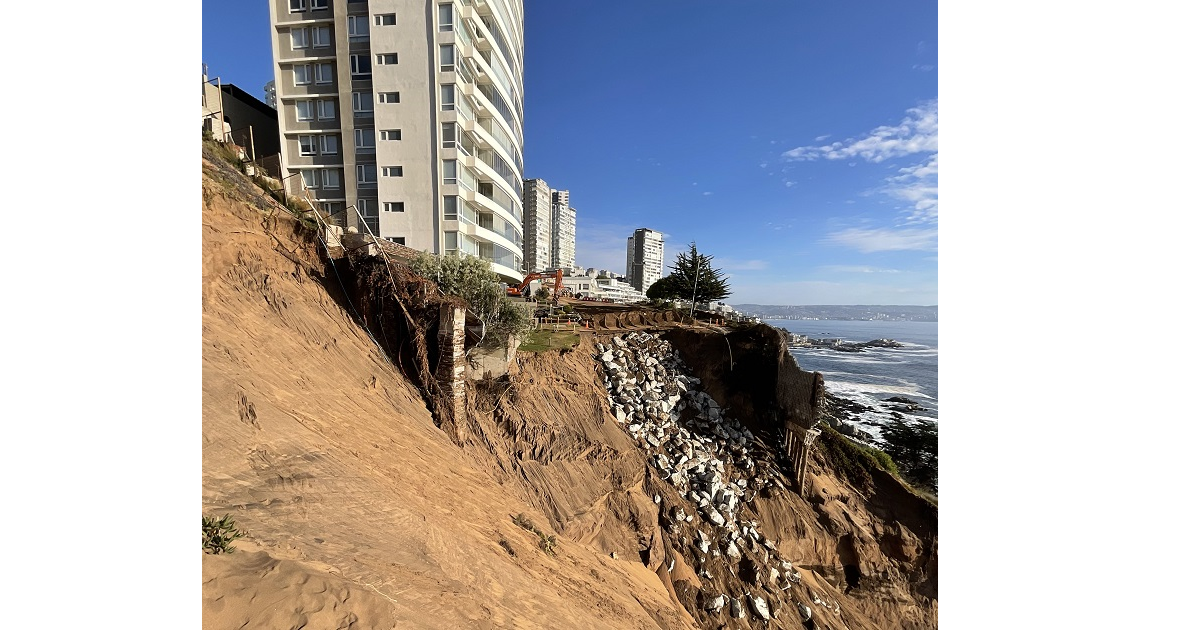The Latest Studies on Natural Hazards and Sustainable Civil Engineering
A special issue of Sustainability (ISSN 2071-1050). This special issue belongs to the section "Hazards and Sustainability".
Deadline for manuscript submissions: 31 January 2026 | Viewed by 9676

Special Issue Editor
Interests: materials sustainability in construction materials structures
Special Issues, Collections and Topics in MDPI journals
Special Issue Information
Dear Colleagues,
We are pleased to present this Special Issue titled “The Latest Studies on Natural Hazards and Sustainable Civil Engineering".
Historically, built infrastructure has faced extreme challenges from natural hazards such as earthquakes, landslides, flooding, and tsunamis, among others, some of which affect civil engineering infrastructure more frequently and more severely due to climate change (e.g., flooding). Therefore, the implementation of the latest design and construction innovations, considering the effects of natural hazards, to ensure the adequate structural reliability, sustainability and resilience of built environment is vital.
To address this need, we are pleased to announce a Special Issue dedicated to "The Latest Studies on Natural Hazards and Civil Engineering". This Special Issue aims to showcase cutting-edge research, innovative solutions, and interdisciplinary approaches to evaluate/mitigate the effects of natural hazards on civil infrastructure. Consequently, for this Special Issue, we invite you to submit works that combine both sustainability and the effects of natural hazards on civil infrastructure, addressing topics such as the following: (i) earthquake engineering and seismic resilience; (ii) geotechnical engineering and landslide hazards; (iii) hydrological hazards and water resources management; (iv) disaster management and emergency response; (v) the sustainability of built environments.
I look forward to receiving your contributions.
Dr. Gerardo Araya-Letelier
Guest Editor
Manuscript Submission Information
Manuscripts should be submitted online at www.mdpi.com by registering and logging in to this website. Once you are registered, click here to go to the submission form. Manuscripts can be submitted until the deadline. All submissions that pass pre-check are peer-reviewed. Accepted papers will be published continuously in the journal (as soon as accepted) and will be listed together on the special issue website. Research articles, review articles as well as short communications are invited. For planned papers, a title and short abstract (about 100 words) can be sent to the Editorial Office for announcement on this website.
Submitted manuscripts should not have been published previously, nor be under consideration for publication elsewhere (except conference proceedings papers). All manuscripts are thoroughly refereed through a single-blind peer-review process. A guide for authors and other relevant information for submission of manuscripts is available on the Instructions for Authors page. Sustainability is an international peer-reviewed open access semimonthly journal published by MDPI.
Please visit the Instructions for Authors page before submitting a manuscript. The Article Processing Charge (APC) for publication in this open access journal is 2400 CHF (Swiss Francs). Submitted papers should be well formatted and use good English. Authors may use MDPI's English editing service prior to publication or during author revisions.
Keywords
- seismic resilience
- sustainability
- earthquake-induced demands
- flooding
- tsunami loadings
- flooding loadings
- hydrological hazards
- resilience of built environment
Benefits of Publishing in a Special Issue
- Ease of navigation: Grouping papers by topic helps scholars navigate broad scope journals more efficiently.
- Greater discoverability: Special Issues support the reach and impact of scientific research. Articles in Special Issues are more discoverable and cited more frequently.
- Expansion of research network: Special Issues facilitate connections among authors, fostering scientific collaborations.
- External promotion: Articles in Special Issues are often promoted through the journal's social media, increasing their visibility.
- Reprint: MDPI Books provides the opportunity to republish successful Special Issues in book format, both online and in print.
Further information on MDPI's Special Issue policies can be found here.





